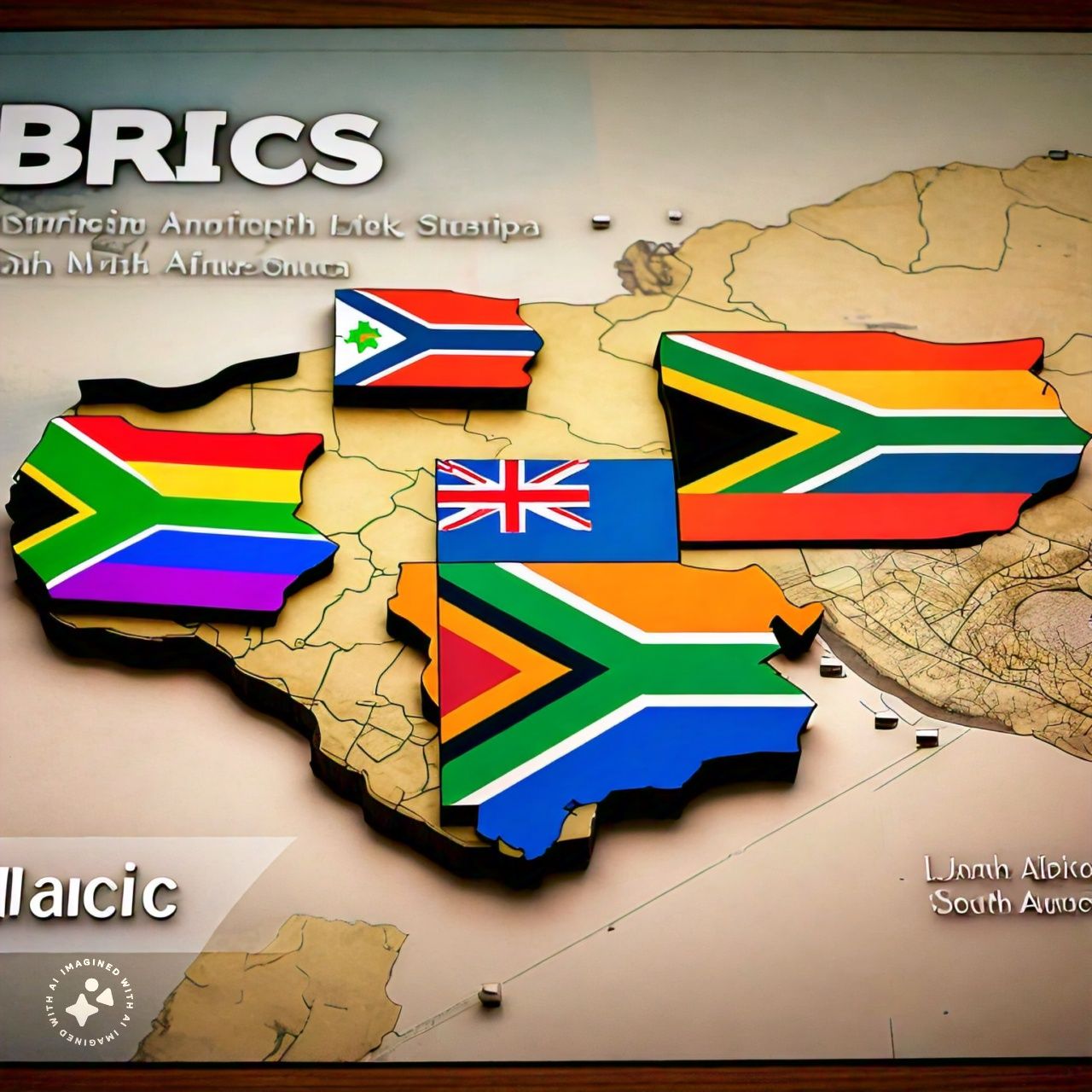Jun 25, 2023
BRICS expansion may lead to shrinking of India’s influence
BRICS expansion may lead to shrinking of India’s influence
- BRICS expansion may lead to shrinking of India’s influence
- The BRICS expansion is driven by China, and it serves its interests
- The BRICS expansion may lead to a dilution of India’s influence
- India’s presence in BRICS is seen as a necessary inconvenience by some analysts
- India’s participation in BRICS is driven by its desire for multipolarity on the world stage
How many countries started BRICS, and how many now
- BRICS was started by 5 countries: Brazil, Russia, India, China, and South Africa
- Now, BRICS has 6 new member nations from Asia, Africa, and Latin America
- The new members are: Argentina, Egypt, Ethiopia, Iran, Saudi Arabia, and UAE
- The expansion of BRICS is driven by China and Russia
What is the goal of BRICS
- The goal of BRICS is to create a counterweight to the West
- BRICS aims to represent the interests of the developing world
- BRICS seeks to foster interactions among its member states
- BRICS aims to enhance the economic and diplomatic heft of its member states
The BRICS expansion may lead to a dilution of India’s influence, as China and Russia drive the expansion to create a counterweight to the West. The goal of BRICS is to represent the interests of the developing world and foster interactions among its member states. The expansion of BRICS may lead to a shift in the global balance of power, with China and Russia emerging as key players.
BRICS Countries
- Brazil
- Russia
- India
- China
- South Africa
- Iran
- Egypt
- Ethiopia
- United Arab Emirates
- Argentina
- Saudi Arabia (membership not formalized)
What is BRICS?
BRICS is an informal grouping of countries that has developed into an intergovernmental organization, aiming for economic and geopolitical integration and coordination among member states. The acronym was initially used to describe fast-growing economies predicted to dominate the global economy by 2050. The organization seeks to counterbalance the influence of Western-dominated global institutions such as the IMF and the World Bank.
Key Points
- The BRICS organization is an attempt to form a geopolitical bloc.
- The genuine cohesion and alignment of the BRICS countries and the actual value of the alliance is a matter of debate.
- The organization is commonly understood as an attempt to form a geopolitical bloc capable of counterbalancing the influence of Western-dominated global institutions.
- The acronym has since been adopted as the name of a formal intergovernmental organization that aims to create greater economic and geopolitical integration and coordination among member states.
Closing
BRICS is an intergovernmental organization that aims to create greater economic and geopolitical integration and coordination among member states. The acronym originally denoted a collection of countries experiencing rapid economic growth that would, if growth were maintained at similar rates, emerge as the dominant economic players of the 21st century.

